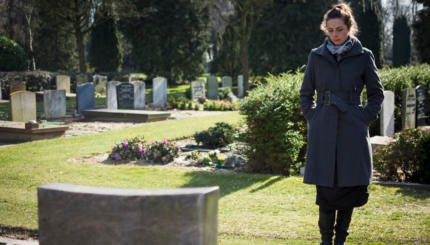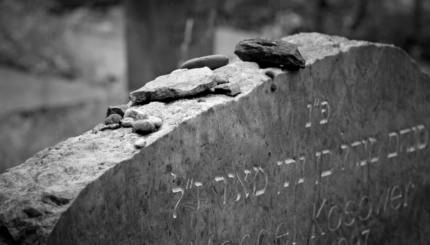Mourn
Yizkor: The Unending Conversation
Yizkor is part of an ongoing conversation with the dead, but what we don't realize is that we constantly converse with the dead in daily life.
Kaddish is a Mystery
The essence of Kaddish may be less in the meaning of the words than in the experience of reciting it with other Jews.
Kaddish Initiates Aveilut
After burial Jewish law requires the mourner to turn from despair in the face of death to the affirmation of life.
The Burial and the Image of God
Prompt burial of the deceased helps to preserve the dignity of the human being, who is made in the image of God, even in death.
Soloveitchik on Aninut
During aninut, the phase between death and burial, the despairing mourner is freed of ritual obligations.
Shiva Prohibitions Embody Depersonalization
The specific prohibitions on mourners during the shiva period reflect the mourner's sense of estrangement from the life force.
Death as Estrangement
Mourning customs reflect the depersonalization and distance from God experienced by the mourner who has just confronted the death of a close relative.
Mystical Messianism
Scholars debate the relationship between catastrophe, Jewish mysticism, and messianic fervor.
Haftarah for Shabbat Rosh Chodesh
The New Moon is a symbol of the feminine, and a time when all creatures will come together to praise God.
The Phases of Jewish Bereavement
Jewish mourning customs reflect the natural course of grief and recovery following the death of a loved one.



